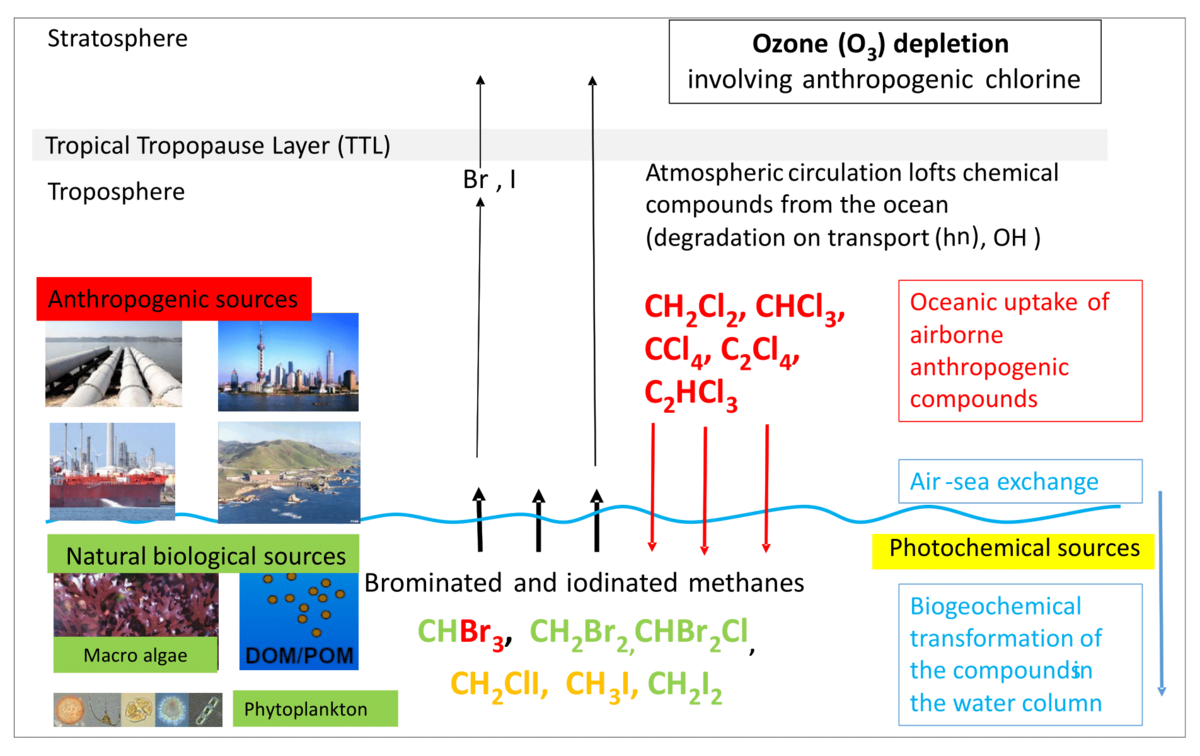RV SONNE SO305 - BIOCAT
Biogeochemical/Atmospheric Processes in the Bay of Bengal: A Contribution to the '2nd International Indian Ocean Expedition', BIOCAT-IIOE2, Colombo/Sri Lanka- Singapore, 10.04.-22.05.2024
CONNECT (BMBF - Federal Ministry of Education and Research)
Pan Atlantic connectivity of marine biogeochemical and ecological processes and the impact of anthropogenic pressures
RV SONNESO287 - CONNECT
Pan Atlantic connectivity of marine biogeochemical and ecological processes and the impact of anthropogenic pressures, Las Palmas/Canary Islands-Guayaquil/ Ecuador: 11.12.-2021-11.01.2022
Short cruise report SO287-CONNECT || Cruise report SO287-CONNECT || Weekly reports
RV Poseidon 533/1: AIMAC
Atmosphere–ocean–island-biogeochemical interactions in the Macaronesian Archipelagos, Mindelo/ Cape Verde-Las Palmas/Canary Islands: 28.02.-22.03.2019



